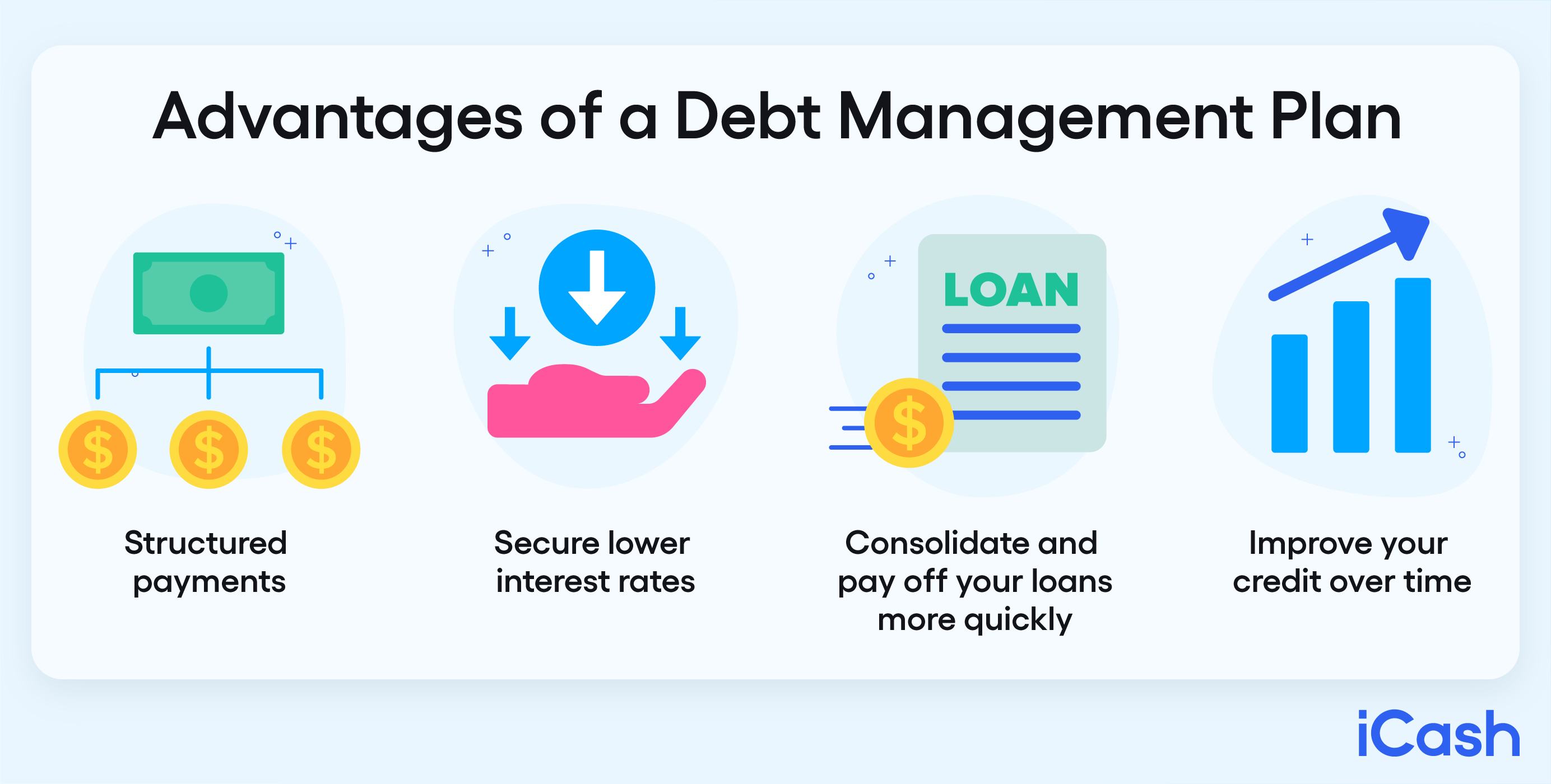Real-Life Success Stories of Financial Debt Consolidation: More Discussion Posted Here
Real-Life Success Stories of Financial Debt Consolidation: More Discussion Posted Here
Blog Article
Every Little Thing You Required to Learn About Producing a Personalized Financial Obligation Administration Strategy
In the realm of individual financing, developing a customized financial obligation management strategy is usually the keystone of accomplishing financial security and peace of mind. As you browse the complexities of creating a personalized financial debt administration plan, comprehending the details of each action is key to your monetary success.
Analyzing Your Present Debt Circumstance
One should initially conduct a comprehensive examination of their existing debt responsibilities before developing an efficient financial obligation administration plan. Create a detailed list of each financial debt, consisting of the overall amount owed, rate of interest rates, minimum month-to-month settlements, and due dates.
After compiling this info, calculate your complete debt-to-income ratio by separating your regular monthly financial obligation payments by your monthly earnings. Recognizing these aspects of your financial circumstance will certainly assist you in creating an individualized financial obligation management strategy tailored to your certain requirements and goals.
Setting Financial Goals and Targets

When establishing monetary goals, it is necessary to be certain, measurable, possible, appropriate, and time-bound (SMART) As an example, you may set an objective to pay off a particular amount of financial debt within a details period, such as decreasing your charge card balance by $5,000 in the next 12 months - More Discussion Posted Here. By establishing clear targets like this, you can track your progression and stay encouraged to achieve your financial obligation management goals
Additionally, think about prioritizing your financial debts based on aspects such as rate of interest, impressive balances, and repayment terms. By concentrating on high-interest financial debts first, you can conserve cash in the long run and increase your trip toward monetary liberty. Remember, each person's economic scenario is unique, so tailor your targets and objectives to fit your individual needs and scenarios.
Developing a Realistic Budget
Crafting a well-defined budget plan is a basic action in effective financial debt management and monetary preparation. A realistic budget plan acts as a roadmap for your economic health, assisting you track your revenue, expenses, and financial obligation settlements. To create a useful budget plan, begin by providing all your incomes. This includes your income, side rush profits, or any kind of various other monetary inflows. Next off, magazine all your taken care of expenditures such as lease or mortgage, energies, insurance, and financing settlements. Variable expenditures like grocery stores, amusement, and transport must likewise be included. Distinguish between wants and needs to focus on necessary expenditures and determine areas where you can cut down.
Routinely evaluation and change your spending plan as required to stay on track with your financial goals and financial debt repayment plan. By sticking to a realistic budget plan, you can properly handle your financial obligation and work in the direction of a much more secure monetary future.
Discovering Financial Obligation Repayment Strategies
After establishing a practical budget plan, the following essential action in effective financial debt monitoring is to discover various debt payment strategies. One typical approach is the snowball method, where you focus on settling the tiniest debts first while making minimum payments on larger financial debts. This technique can aid develop momentum as you see smaller debts being removed, giving motivation to deal with bigger ones.
One more strategy is the avalanche approach, which includes focusing on debts with the highest possible interest prices. By targeting high-interest financial debts first, you can reduce the overall amount you pay in passion over time. This method might be a lot more affordable in the lengthy run, this link despite the fact that it might take longer to see specific financial obligations completely repaid.
Financial obligation combination is another choice where you integrate numerous financial obligations right into a single funding with a lower rates of interest. This can simplify your repayment procedure and potentially minimize the overall interest paid. Nevertheless, it's necessary to meticulously think about the terms and fees related to consolidation to guarantee it's the appropriate option for your economic scenario.
Monitoring and Adjusting Your Strategy

Adjusting your strategy might involve reallocating funds to tackle high-interest debts first, negotiating with financial institutions for lower rate of interest or far better payment terms, or discovering added income sources to accelerate debt payment. As your economic scenario advances, your debt management plan need to adjust accordingly to continue to be reliable. By remaining flexible and proactive in surveillance and readjusting your strategy, you can maximize your initiatives in the direction of paying off your debts efficiently and achieving your monetary objectives.
Conclusion
In conclusion, creating an individualized financial obligation management strategy entails evaluating existing financial debt, establishing monetary objectives, producing a realistic budget, checking out settlement strategies, and tracking and changing the strategy Read More Here as required. By complying with these steps, individuals can take control of their financial circumstance and job towards coming to be debt-free. It is necessary to stay regimented and devoted to the plan in order to attain long-lasting economic stability.
One must initially conduct a thorough analysis of their present debt commitments before formulating an efficient financial obligation management plan.After developing a sensible spending plan, the next crucial action in efficient financial debt monitoring is to check out various financial debt payment approaches - More Discussion Posted Here.To efficiently handle your financial obligation, continuous monitoring and adjustment of your debt administration strategy are vital components for long-term economic security.Changing your strategy might navigate here involve reapportioning funds to take on high-interest financial obligations first, negotiating with creditors for lower interest prices or much better repayment terms, or exploring extra earnings sources to accelerate financial obligation settlement.In final thought, developing a tailored debt monitoring strategy includes examining existing financial obligation, setting monetary goals, creating a practical budget, checking out settlement approaches, and monitoring and adjusting the strategy as required
Report this page